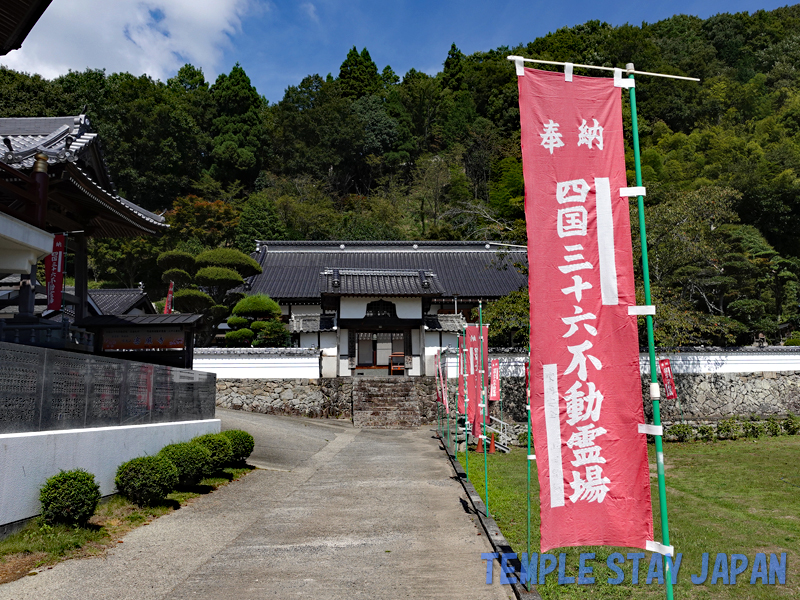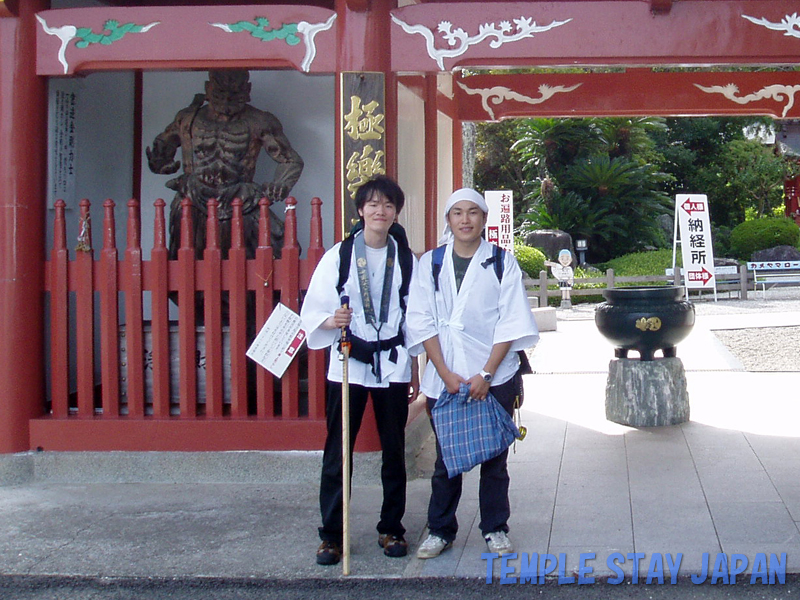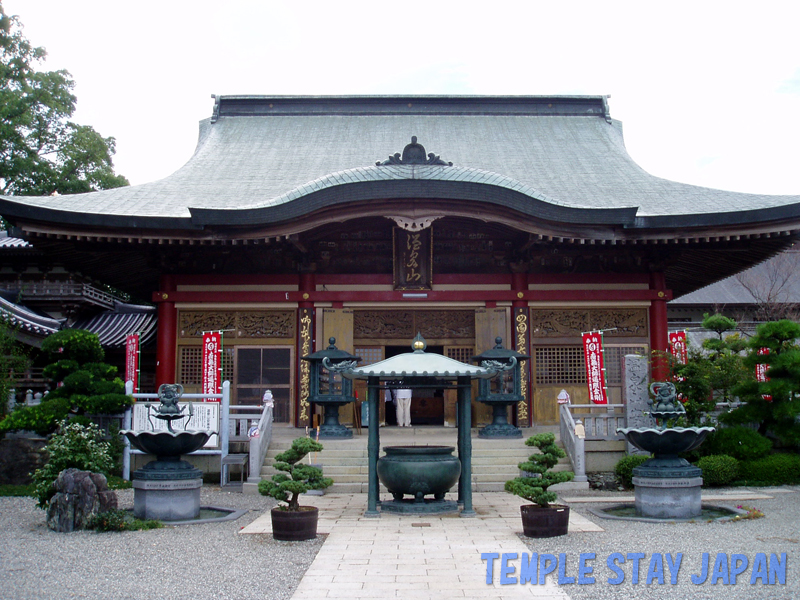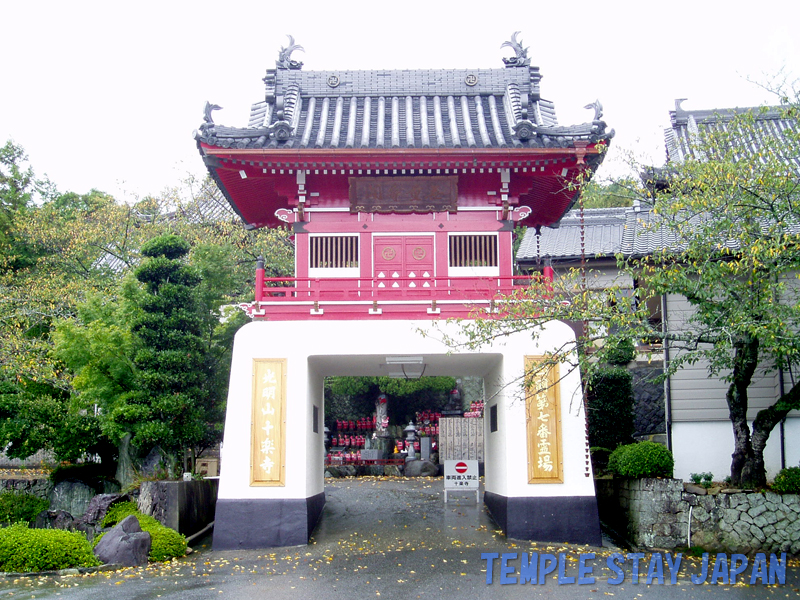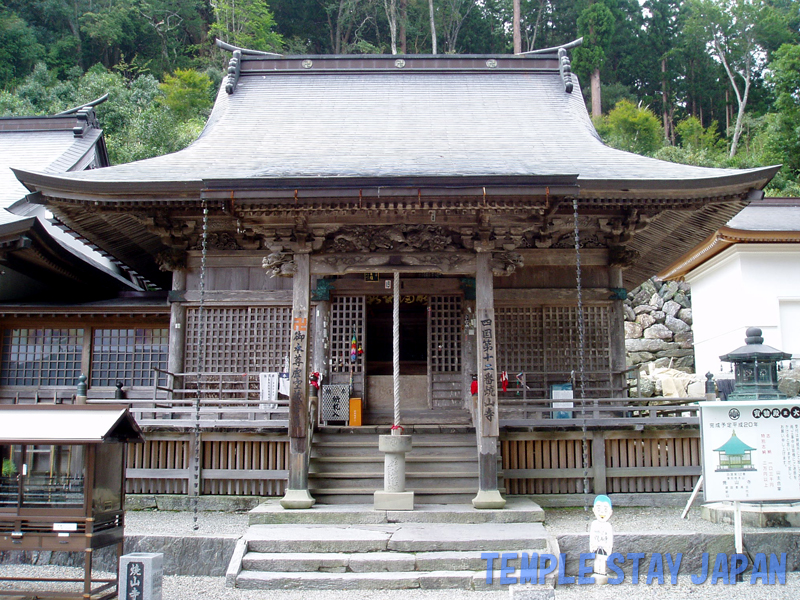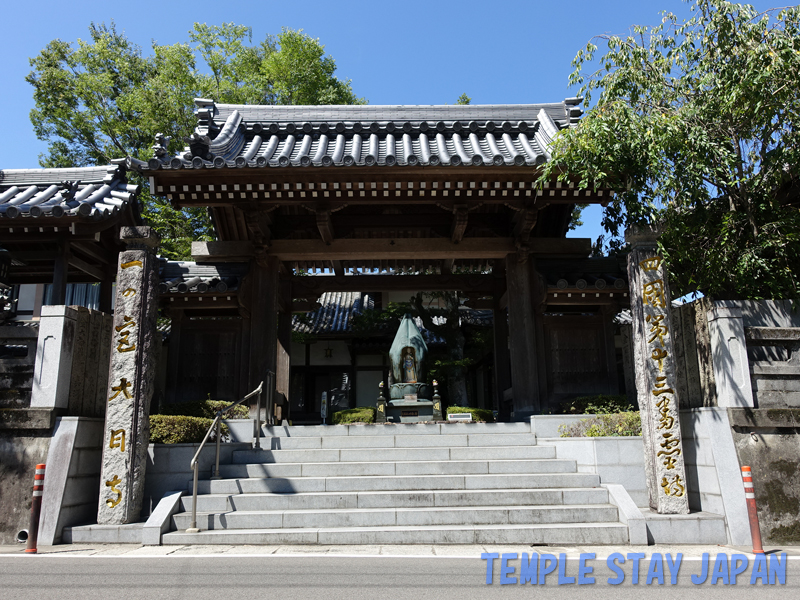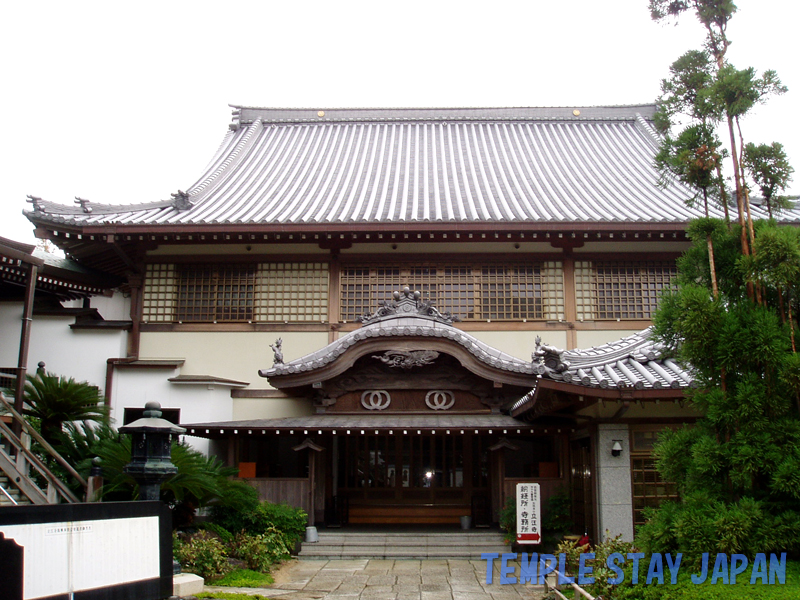Tokushima– category –
-

Mitsugonji (Awa-Ikeda Youth Hostel) temple stay (Tokushima)
Mitsugonji Temple is located halfway up the mountain in Awa Ikeda. It was a little difficult to get to without a car. There was a youth hostel building on the left side of the main hall. If you stay here, you can experience goma (fire) prayer and meditation. -

The 2nd stage of Pilgrimage, Gokurakuji temple stay (Tokushima)
On the first day of the pilgrimage, I stayed at a shukubo. The large 12 tatami mat room was equipped with a TV set and a restroom. Although it was not shojin vegetarian cuisine, the meals were tasty home cooking. The morning service lasts for about 15 minutes from 6:00. You are free to participate. -

The 6th stage of Pilgrimage, Anrakuji temple stay (Tokushima)
The room was a six tatami mat room equipped with air conditioning, a TV and a washbasin. The bath is a hot spring bath with sodium bicarbonate water (containing solid acid carbonate and calcium). After dinner, there was a religious service. Textbooks were distributed and everyone chanted a sutra together. -

The 7th stage of Pilgrimage, Jyurakuji temple stay (Tokushima)
I felt pleased to see that everything here was well cleaned. There was a religious service in the morning. It was a standard service, but I was able to see the principal image of the main hall and the statue of Kobo-Daishi in the Daishi Hall. -

The 12th stage of Pilgrimage, Syosanji temple stay (Tokushima)
Syosan-ji temple is located on the top of a mountain and is a tough point called “Henro Korogashi” (Rolling the Pilgrims). The guestroom was an eight tatami mat room. When it is crowded, you will have to share a room with others. They conduct religious services starting at 6:00 in the morning. -

The 13th stage of Pilgrimage, Dainichiji temple stay (Tokushima)
It was an eight tatami mat room equipped with air conditioning and a TV. It can be locked as well. Dinner was served in the dining room. Although it was not shojin vegetarian cuisine as they served slices of raw fish, etc., as well, it was delicious. The service was conducted from 6:00 in the morning. -

The 19th stage of Pilgrimage, Tatsueji temple stay (Tokushima)
The room was a 4.5 tatami mat Japanese-style room with air conditioning and a TV set. The sizes of the rooms vary. They served shojin vegetarian cuisine for dinner. I hear that the memorial service is usually conducted in the evening. In general, it was a clean, comfortable and friendly shukubo. -

The 20th stage of Pilgrimage, Kakurinji temple stay (Tokushima)
The principal image is “Yaoi-no-Jizo” (a statue of a Jizo hit by an arrow) which is said to have been carved by Kobo-Daishi. It is designated as an important cultural asset in Japan. The shukubo is a reinforced concrete building. -

The 23rd stage of Pilgrimage, Yakuoji temple stay (Tokushima)
It is famous as a temple to drive out evil luck. The shukubo is a reinforced concrete building. I was very grateful because they let me use a large room by myself. I ate in the dining room which also served as a restaurant. There was a religious service in the morning in the temple. -

The 24th stage of Pilgrimage, Hotsumisakiji temple stay (Tokushima)
There are various treasures displayed in Houmotsu-kan: a stone Nyoirin Kannon (Cintamani-cakra) , sitting Yakushi Nyorai (Bhaisajyaguru) and a statue of standing Gakko Bosatsu (Candraprabha), which are all designated as important cultural assets. There is also a cave where the young Priest Kobo pursued ascetic training.
12

